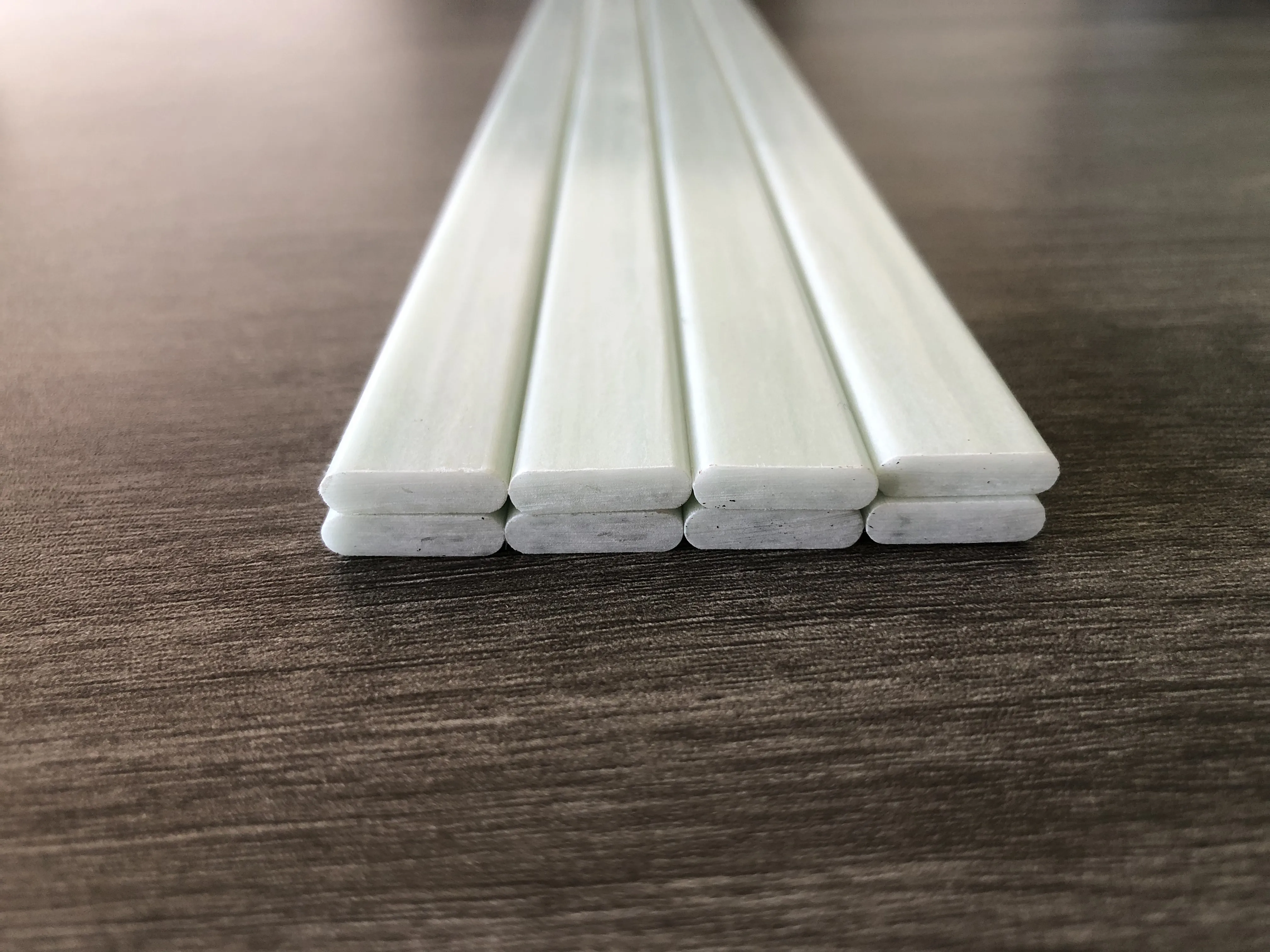loading...
- No. 9, Xingyuan South Street, Dongwaihuan Road, Zaoqiang County, Hengshui, Hebei, China
- admin@zjcomposites.com
- +86 15097380338
- Welcome to visit our website!
frp guardrail
Understanding FRP Guardrails Safety, Design, and Implementation
Introduction
In various industries where safety is paramount, FRP (Fiber Reinforced Polymer) guardrails have emerged as a favored solution. This article explores the significance of FRP guardrails, delving into their design, benefits, applications, and implementation techniques.
What are FRP Guardrails?
FRP guardrails are safety barriers made from fiber-reinforced polymer materials, which combine a polymer matrix with embedded fibers for strength and durability. Often employed in infrastructures such as highways, bridges, and industrial sites, these guardrails provide critical protection to both vehicles and pedestrians. Their lightweight yet robust nature offers a formidable alternative to traditional materials like steel and concrete.
Benefits of FRP Guardrails
1. Durability and Longevity One of the most significant advantages of FRP guardrails is their resistance to weathering, chemicals, and corrosion. Unlike steel, which can rust, FRP materials do not degrade under harsh environmental conditions, ensuring that the guardrails maintain their structural integrity over time.
2. Lightweight FRP guardrails are considerably lighter than their metal counterparts, simplifying transportation and installation processes. Labor costs and time can be significantly reduced due to easier handling and logistics involved in their placement.
3. Low Maintenance The advanced materials used in FRP guardrails require minimal maintenance compared to traditional guardrail materials. This can lead to reduced long-term costs for organizations and municipalities in terms of upkeep and repairs.
4. Versatile Design FRP guardrails can be molded into various shapes and sizes, accommodating a wide range of design standards and aesthetic preferences. This versatility allows for customized solutions that meet specific safety regulations while blending with the surrounding environment.
5. Impact Resistance Due to their material properties, FRP guardrails exhibit excellent energy absorption upon impact, effectively mitigating the forces transferred to vehicles and pedestrians. This can help reduce the severity of accidents, thus enhancing overall safety.
frp guardrail

Applications of FRP Guardrails
FRP guardrails are increasingly utilized in several sectors, including
- Transportation In highway construction and maintenance, FRP guardrails provide essential safety features that protect users from vehicular accidents and run-off-road incidents. - Industrial Settings Factories and warehouses often use FRP guardrails to demarcate areas and protect employees from hazardous equipment or drop-off points. - Marine Applications In coastal and waterfront developments, FRP guardrails are resistant to saltwater corrosion, making them ideal for piers, docks, and marinas. - Urban Infrastructure City planners are adopting FRP guardrails in parks, pedestrian pathways, and public transportation hubs to enhance safety while maintaining an aesthetically pleasing environment.
Implementation Techniques
Successfully implementing FRP guardrails requires careful planning and execution. Here are the key steps involved
1. Site Assessment Evaluate the location where the guardrails will be installed. This assessment should include analyzing potential hazards, traffic patterns, and specific safety requirements.
2. Design Considerations Develop a design that meets safety standards and integrates seamlessly with the surrounding infrastructure. Considerations should include height, spacing, and material strength.
3. Installation Follow best practices for installation. Ensure that all components are secured properly, and conduct quality checks to guarantee that the guardrails can withstand expected loads.
4. Training and Awareness Personnel must be trained on the importance of guardrails and their proper installation and maintenance to ensure efficacy in preventing accidents.
Conclusion
FRP guardrails represent a modern solution to safety challenges in various environments. With their durability, lightweight design, and low maintenance requirements, they play a crucial role in protecting lives and property. As industries continue to prioritize safety and efficiency, the adoption of FRP guardrails is expected to grow, paving the way for a safer future.
-
The Rise of FRP Profiles: Strong, Lightweight, and Built to LastNewsJul.14,2025
-
SMC Panel Tanks: A Modern Water Storage Solution for All EnvironmentsNewsJul.14,2025
-
GRP Grating: A Modern Solution for Safe and Durable Access SystemsNewsJul.14,2025
-
Galvanized Steel Water Tanks: Durable, Reliable, and Ready for UseNewsJul.14,2025
-
FRP Mini Mesh Grating: The Safer, Smarter Flooring SolutionNewsJul.14,2025
-
Exploring FRP Vessels: Durable Solutions for Modern Fluid HandlingNewsJul.14,2025
-
GRP Structures: The Future of Lightweight, High-Performance EngineeringNewsJun.20,2025
